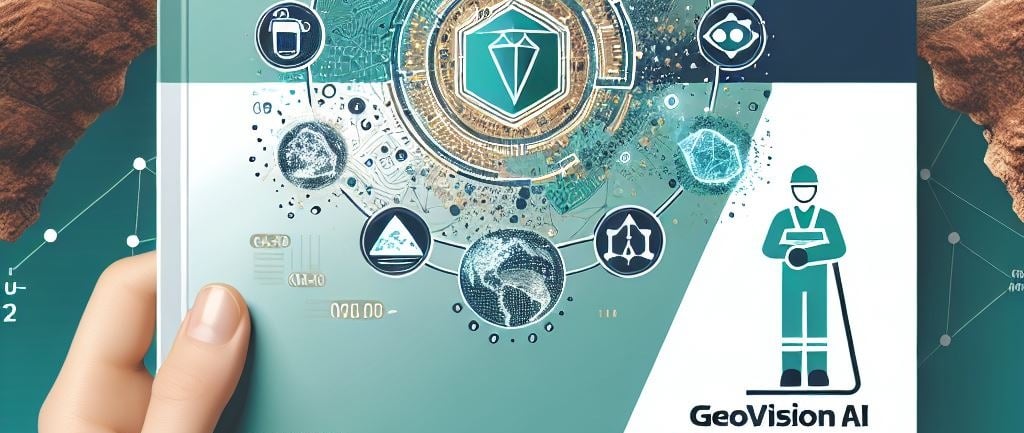Ore Deposit Models and Mineral Systems
Xuan-Ce Wang
11/23/20242 min read


1. Geological Models of Ore Deposits
Geological models of ore deposits are used to categorize and understand the processes that lead to the formation of economically valuable mineral concentrations. Traditionally, these models have been classified based on empirical features such as:
Mineralogy: The types of minerals present in the deposit.
Host-rock association: The types of rocks surrounding the deposit.
These empirical descriptions tend to form natural groupings, often coinciding with genetically derived models.
Ore-forming processes can be broadly categorized into:
Orthomagmatic: Deposits formed from cooling and crystallizing magmas.
Hydrothermal: Deposits formed by the interaction of hot fluids with rocks.
Surficial: Deposits formed at the Earth's surface by processes like weathering and erosion.
Within each of these categories, there are numerous subtypes, each with unique characteristics and forming conditions. For instance, hydrothermal deposits can be further subdivided based on the source and nature of the fluids:
Magmatic hydrothermal: Fluids derived from cooling magmas.
Metamorphic hydrothermal: Fluids generated during metamorphism.
Diagenetic hydrothermal: Fluids released during the compaction and lithification of sediments.
Surface hydrothermal: Fluids circulating at the Earth's surface.
Additionally, deposits can be classified as syngenetic (formed at the same time as the enclosing rocks) or epigenetic (formed later than the enclosing rocks).
2. Mineral Systems Concept
The traditional geological model approach, while useful for understanding individual deposits, has limitations in predicting the location of new ore deposits, especially at a regional scale. The Mineral Systems approach addresses this by focusing on the larger-scale processes that control ore formation.
This concept recognizes that ore deposits are not isolated entities, but rather the foci of much larger-scale fluid-driven mass-flux systems. It emphasizes the generic aspects that unify diverse ore systems, rather than their differences. Key elements of the Mineral Systems approach include:
Physical processes governing fluid flux: The dynamics and focusing of fluids play a crucial role in ore formation.
Lithospheric architecture and history: The geological framework provides the context for these processes.
Applying the Mineral Systems Concept: Self-Organized Criticality
The concept of Self-Organized Criticality (SOC) offers a framework for understanding the dynamics of fluid flow within mineral systems. SOC systems are characterized by:
Scale-invariant power-law behavior: The size-frequency distribution of energy release events follows a power law.
Fractal spatial manifestation: The spatial distribution of these events exhibits fractal patterns.
Ore formation is proposed to be a by-product of transient periods of anomalous dynamics within large-scale fluid flux systems. SOC behavior is considered essential for ore formation because:
It provides a mechanism to generate the concentrated fluid fluxes required for significant metal accumulation.
Background permeability in the crust is generally too low for pervasive convective fluid flow.
Evidence supporting the application of SOC to ore formation:
Power-law size frequency distributions observed in mineral deposits.
Fractal distribution of mineral deposits.
Evidence of multiple transient fluid pulses during the formation of many deposits.
Implications for Exploration
The Mineral Systems approach, coupled with the concept of SOC, has significant implications for exploration targeting:
Identifying threshold barriers to flow: These barriers are critical elements of mineral systems, controlling fluid focusing and energy release events.
Targeting overpressured reservoirs: Exploration should focus on identifying paleo-overpressured zones that acted as sources for ore-forming fluids.
Understanding conduit systems: Ore deposits are often associated with pipe-like networks that channel fluid flow.
Recognizing favorable structural architectures: Certain structural configurations may be more conducive to the development of ore-forming SOC systems.
Targeting favorable periods in terrane evolution: Ore formation is likely associated with specific times when fluid production and low crustal permeability coincide.








